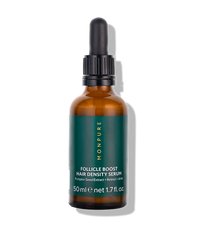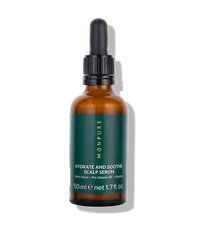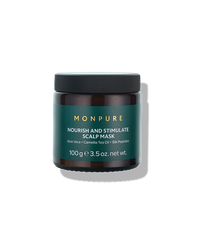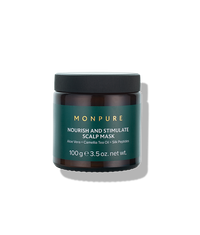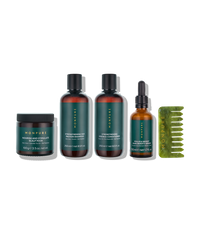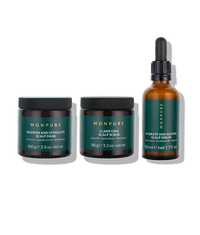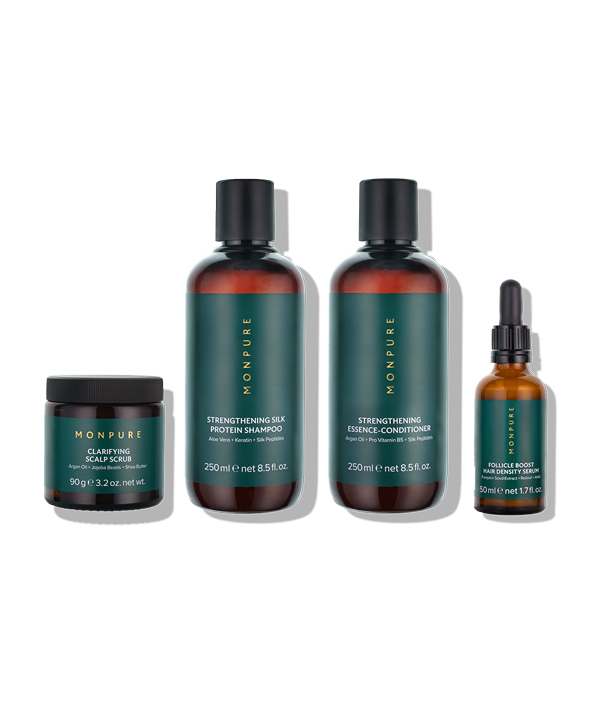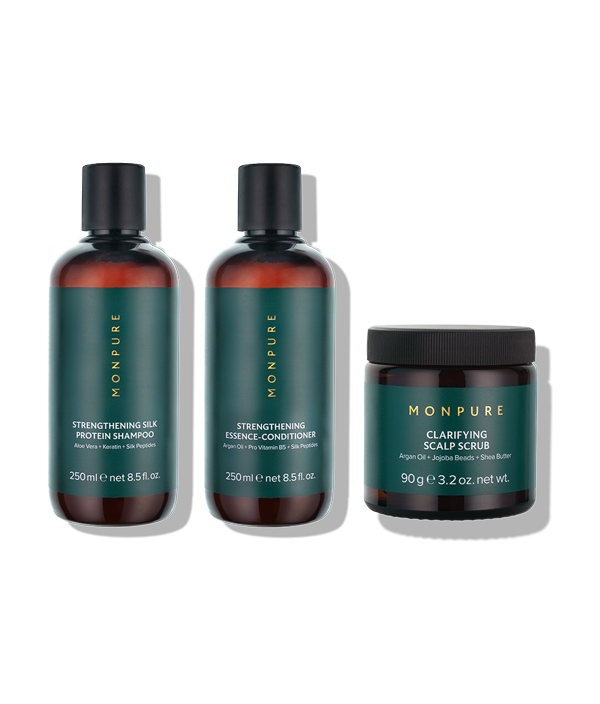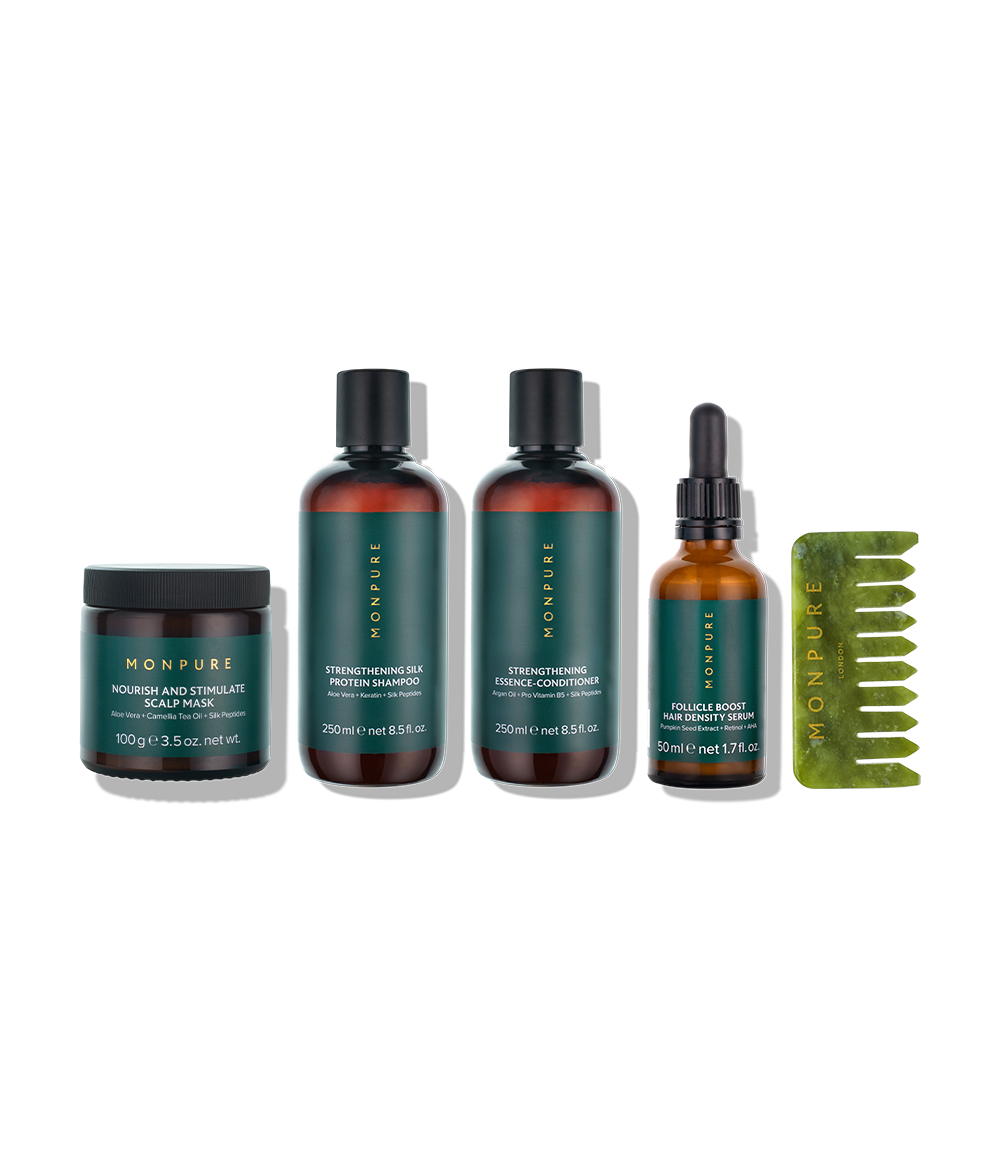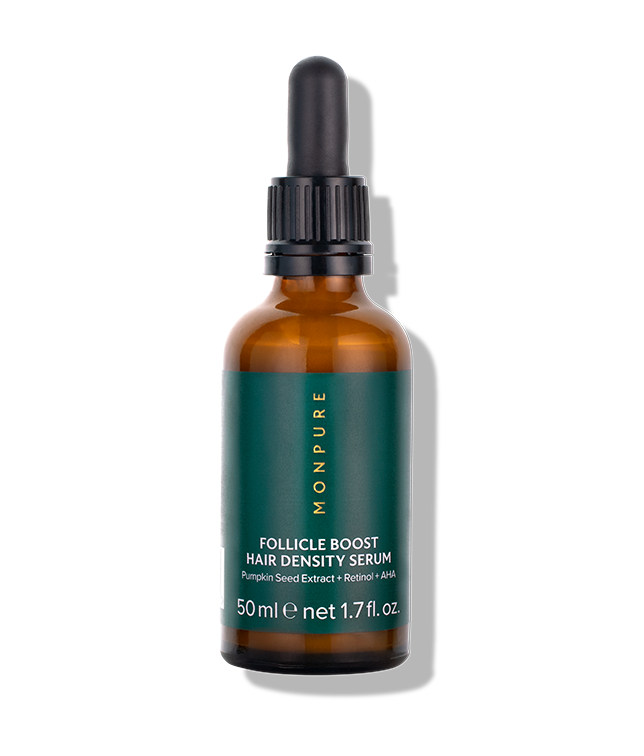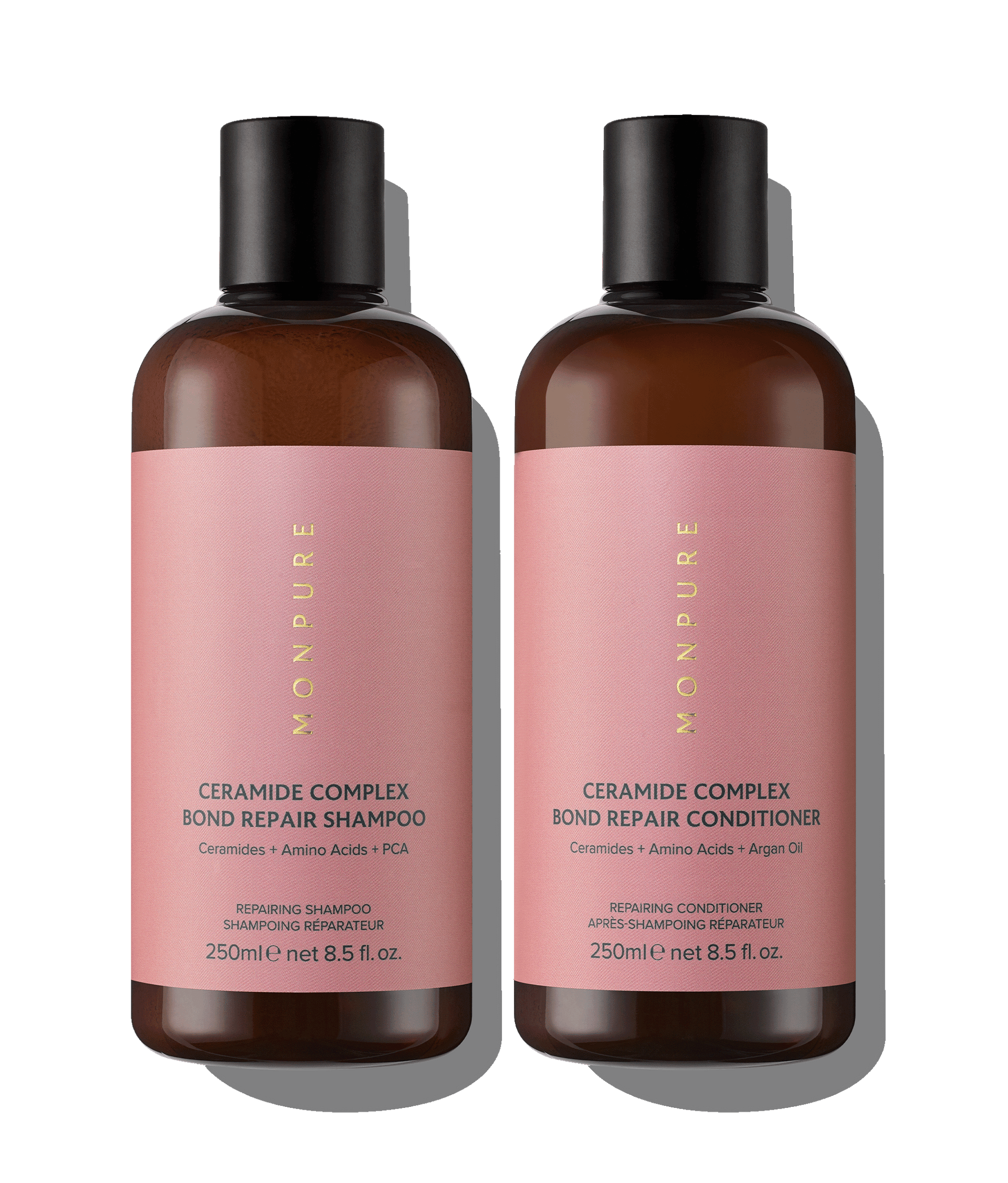Many people know about the unwanted side effects of birth control, from menstrual cramps, to headaches, to weight fluctuations. However, have you considered the effect your birth control has on your hair? Across the UK in 2021, the birth control pill was the most common method of contraception used by women aged 15 to 59 years, with 28% using it as their primary method.
Birth Control: The Hormones-Hair Connection
The synthetic hormones included in birth control methods play a significant role in their effect on hair and hair loss. Birth control works by adjusting the balance of hormones in your body. Because the hair growth cycle is influenced and governed by hormones, birth control (such as the contraceptive pill, IUDs or injections) can have a significant effect on the growth and retention of your hair. The synthetic hormones formulated in birth control can be either oestrogenic, which help support healthy hair growth, or androgenic, which can disrupt the hair growth cycle considerably.
According to MONPURE’s resident General Practitioner, Dr. Simmy Kaur: “There are two different types of contraceptive pills, the combined pill containing synthetic oestrogen and progesterone hormones, and the ‘mini pill’, which only contains synthetic progesterone. The former are actually anti-androgenic, meaning they have high levels of oestrogen that keep the hair in the anagen (growth) phase for longer, safeguarding against hormonal hair loss.”
Hormonal birth control can impact hair in a variety of ways, including changes in hair growth, texture, and thickness. It's important to note that these effects can be temporary and may resolve once the individual stops taking birth control. Additionally, the effects may vary from person to person, and not all women who take birth control will experience changes in their hair.
Oestrogen
Pills containing synthetic oestrogen work to accelerate hair growth and contribute to softer, thicker and healthier hair growth. Research has shown that oestrogen aids hair growth by extending the anagen (growth) phase of the hair growth cycle.
Examples of birth control pills that stimulate hair growth include Yasmin, Dianette and Cilest.
If you’re switching up your dosage, changing your form of birth control or stopping the pill entirely, it may result in more hair shedding than you’re used to. A lot of women experience hair loss in the form of telogen effluvium once they stop taking the contraceptive pill due to the sudden drop in oestrogen that was supported by the pill. However, the hair you lose will eventually be restored and grow back. Increased hair shedding after stopping a hormonal contraceptive is temporary and should resolve itself as soon as 3 months.
How to Boost Hair Growth After Birth Control
To accelerate regrowth and ensure your hair is growing back healthier than ever, opt for a treatment that optimises the dermatological condition of the scalp to support healthy hair growth. The Nourish and Stimulate Scalp Mask stimulates the follicles and promotes hair growth by delivering essential vitamins and nutrients to the scalp, creating the optimum incubatory environment for hair to grow.
Progestins
Androgenic contraceptive pills, formulated with progestins, lead to increased hair thinning as they have a higher ‘androgenic activity’. Certain progestins (a form of the hormone progesterone) can have similar effects to androgens - hormones that shorten the anagen phase of the hair growth cycle. More specifically, progestins with strong androgenic effects can cause an increase in dihydrotestosterone (DHT), a hormone that interrupts the hair growth cycle and shrinks hair follicles, leading to gradual hair thinning - a condition known as androgenic alopecia
Examples of birth control pills that can contribute to hair thinning include Microgynon, the mini pill and Loestrin.
A 2005 study from the International Journal of Obstetrics and Gynecology found that 16% of women with IUDs containing progestin experienced hair loss. Similar research has revealed that women’s hair loss recovered when their IUD was removed, suggesting a relationship between birth control and hair loss. The contraceptive arm implant, also containing progestin, demonstrated a significant relationship with increased rates of alopecia.
How to Target DHT on the Scalp
Progestins in birth control, and consequent rising DHT levels, also lead to an overproduction of sebum on the scalp. This excess sebum can cause follicle blockages, inflammation and build-up, which in turn, can bring about hair thinning or shedding. Sebum is also a carrier of DHT, so a build-up of sebum can also exacerbate the amount of DHT on the scalp, contributing to hair thinning.
To combat excess sebum and DHT on the scalp, which are worsened by contraceptives with high androgenic activity, it is important to introduce a gentle scalp exfoliator into your routine. The Clarifying Scalp Scrub uses biodegradable jojoba beads to gently slough away build-up and DHT-carrying sebum from the surface of the scalp while also polishing and refining the scalp’s texture. Argan oil and shea butter work to regulate moisture on the scalp, instead of stripping it, and regenerate the surface to boost overall scalp health.
The Follicle Boost Hair Density Serum gets to the root of hormonal hair thinning by blocking the production of DHT, inhibiting hair thinning at the source. This hair growth elixir works to minimise thinning, stimulate the growth of new follicles and cultivate a healthy hair-growth environment.
Natural hair-growth ingredients, pumpkin seed extract, retinol, coffee arabica extract and rosemary oil offset the effects of DHT, while restoring the health of the hair’s growth cycle. It targets the catagen and telogen phases of the hair growth cycle within the first 4-6 weeks, working to minimise excess shedding. Similarly, it boosts the growth of new follicles leaving the telogen phase and entering into a new cycle of the anagen phase, which usually takes around 12-14 weeks. The average hair’s growth rate is around 1cm a month. With this in mind, visible changes in new growth are likely to manifest around 6 months.
If you’ve noticed changes in your hair density, or even increased hair shedding, your birth control may be to blame. MONPURE always recommends consulting your GP or gynaecologist before changing, starting or stopping any form of birth control. If you would like to discuss your experiences and product recommendations for treating birth control related hair thinning, please don’t hesitate to reach out to info@monpure.com for expert advice.

